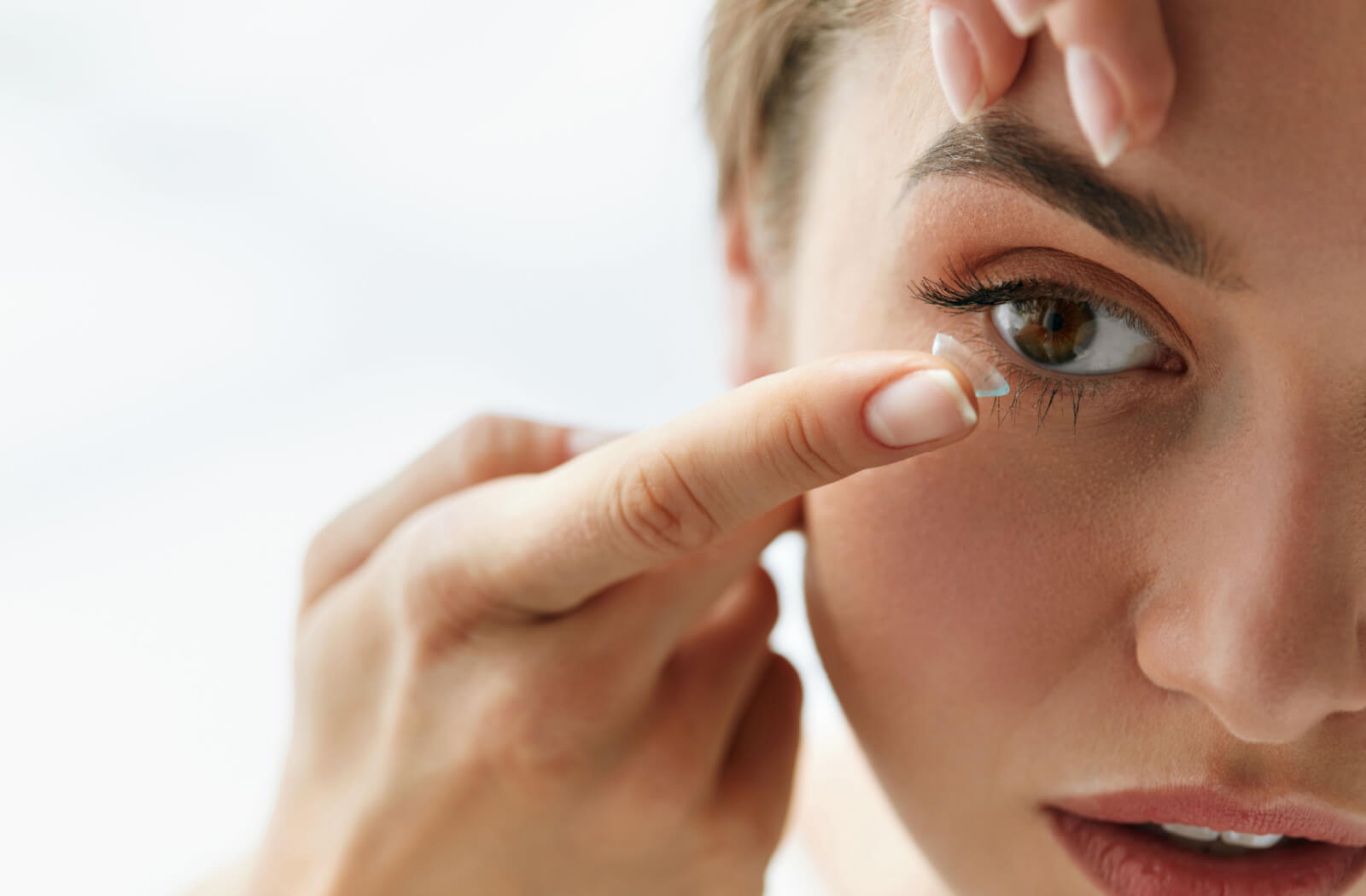The Puzzling Disappearing Act: A Guide to Locating a Lost Contact Lens
Contact lenses offer a convenient and vision-correcting alternative to glasses. However, the occasional misplaced lens can cause a moment of panic. This comprehensive guide explores the telltale signs of a missing contact lens, strategies for locating it, and safe removal techniques should it become stuck in your eye.
Clues to the Missing Lens: Symptoms and Sensations
If you suspect a contact lens has gone rogue, here are some symptoms that might point to its disappearance:
- Discomfort or Scratchy Sensation: A missing lens can feel like a foreign object lodged in your eye, causing irritation, scratchiness, or a gritty sensation.
- Blurred or Distorted Vision: The absence of a lens in one eye can lead to blurred or double vision, affecting your depth perception.
- Increased Light Sensitivity: Without the corrective power of the lens, your eye might become more sensitive to bright light, causing discomfort.
Important Note: These symptoms can also be caused by other factors like dry eyes or allergies. If you experience any discomfort in your eyes, consult your eye doctor to determine the cause.
Strategies for Locating the Lost Lens: Don’t Panic, Search Methodically
Before resorting to drastic measures, try these strategies to locate your missing lens:
- Visual Inspection: Carefully examine your eye in a well-lit mirror, pulling down your lower eyelid and lifting your upper eyelid gently. The lens might be lodged under one of your eyelids.
- Double-Check the Floor: If the lens fell out completely, look closely on the floor or surrounding area where you might have been standing.
- Rinse Your Lens Case: Sometimes, a lens gets stuck in the lens case solution. Rinse the case thoroughly with fresh solution and inspect it carefully.
Safe Removal Techniques for a Stuck Lens: Prioritize Hygiene and Avoid Panic
If you suspect the lens is stuck in your eye, resist the urge to rub or scratch your eye aggressively. Here’s how to safely remove it:
- Wash Your Hands Thoroughly: This minimizes the risk of introducing bacteria or contaminants to your eye.
- Use Plenty of Eyelid Lubrication: Apply lubricating eye drops to the affected eye to help dislodge the lens and ease discomfort.
- Blink Repeatedly: Rapid blinking can sometimes help move the lens to a more accessible location on your eye.
- Try Closing and Gently Massaging Your Upper Eyelid: With your eyes closed, gently massage your upper eyelid over the eyeball. This can sometimes dislodge the lens.
Seeking Professional Help: When to Consult Your Eye Doctor
If you’ve tried these strategies and are still unable to locate or remove the lost lens, don’t hesitate to contact your eye doctor. They have the expertise and instruments to safely remove the lens and ensure your eye health.
Preventing Future Mishaps: Tips for Contact Lens Care
By following these simple tips, you can minimize the chances of losing a contact lens:
- Develop a Routine: Establish a consistent routine for inserting and removing your lenses, reducing the risk of accidental loss.
- Handle with Care: Always handle your lenses with clean, dry hands to avoid contamination and potential tears.
- Consider Daily Disposables: If you’re prone to losing lenses, daily disposable lenses eliminate the need for cleaning and storage solutions, potentially reducing the risk of misplacing them.
Frequently Asked Questions (FAQ)
1. What happens if I accidentally sleep with a contact lens in?
Sleeping with a contact lens in can dry out your eye and increase the risk of infection. If you accidentally fall asleep with a lens in, remove it as soon as you wake up and apply lubricating eye drops. Consult your eye doctor if you experience any discomfort.
2. Can I wear mismatched contact lenses (one from each eye with different prescriptions)?
No, it’s not recommended to wear mismatched contact lenses. Each lens is designed to correct the vision in a specific eye, and wearing mismatched lenses can cause eye strain, headaches, and blurred vision.
3. How often should I replace my contact lens case?
It’s recommended to replace your contact lens case every 3 months or sooner if it becomes damaged or discolored. Regularly clean your lens case with a disinfecting solution recommended by your eye doctor.
4. Can I use tap water to rinse my contact lenses?
No, tap water can harbor microorganisms that can cause eye infections. Always use fresh contact lens solution or sterile saline solution for rinsing and storing your lenses.






More Stories
Is there a lifetime limit on epidural steroid injection?
What is Section 20 of the Motor Accident Insurance Act (Queensland)?
Where to Watch USMNT vs Jamaica National Football Team